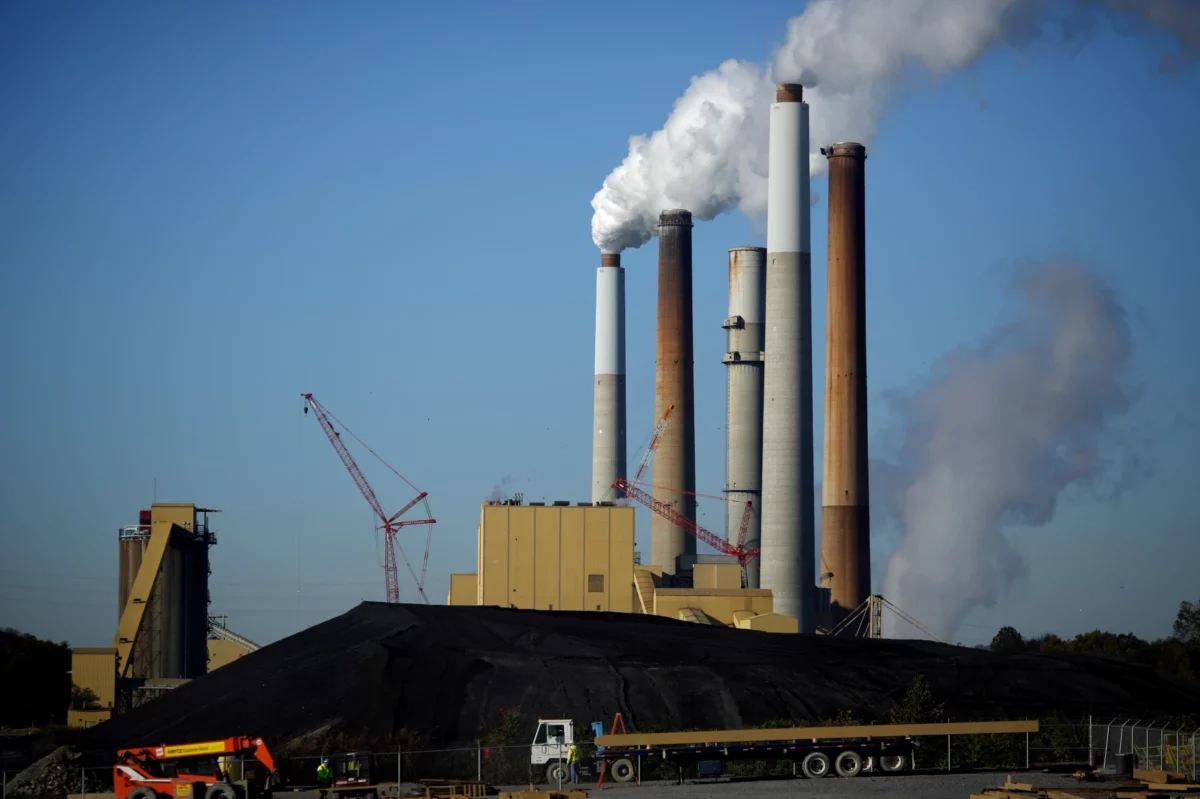The Iowa Supreme Court ruled in favor of three environmental groups in a case against the Iowa Utilities Board (IUB) regarding MidAmerican Energy’s coal plants. Board’s order was overturned and sent back to the IUB for further review by the court. State law requires the IUB to assess the emissions management plans and associated costs of MidAmerican and Alliant’s coal plants. Approved plans allow utilities to recover the costs from customers. The Iowa Environmental Council (IEC), Environmental Law & Policy Center (ELPC), and Sierra Club appealed an IUB ruling that excluded evidence supporting the cost-effectiveness of retiring two coal plants for MidAmerican’s emissions management.
Independent analysis from the environmental groups showed that retiring the uneconomic coal plants and replacing them with clean energy would be more cost-effective. The IUB, however, claimed that considering coal plant retirements was beyond the scope of the statute. The Board’s order indicated that it would only consider retirements if proposed by the utility. The state Supreme Court also acknowledged that cutting emissions would be the most cost-effective way to manage air pollution. A Midwest environmental law group called the Environmental Law and Policy Center (ELPC) is launching a new initiative to study the potential reuse of Michigan coal plants for public parkland and renewable energy production. ELPC’s “power plants to parklands” project focuses on examining four coal plants along each of the Great Lakes that Michigan touches. Consumers Energy owns two operating coal plants in Ottawa County and near Bay City, while DTE Energy owns the former Trenton Channel coal plant near Lake Erie.
A municipal utility owns a retired coal plant along Lake Superior in Marquette. ELPC aims to collaborate with utilities, municipalities, and conservation groups for this project and has begun discussions with relevant stakeholders. Michigan is an ideal state for this initiative due to its high concentration of coal plants along the Great Lakes shoreline and favorable utility business structures. Michigan’s coal plants are often located near public parkland, offering opportunities for redevelopment and the integration of renewable energy generation. The state Supreme Court acknowledged the significant implications for customers if MidAmerican can avoid scrutiny of its coal plants. The court ruled that the environmental groups’ evidence on coal plant retirements was relevant, and that the Board should have considered it.
The Iowa Utilities Board will now have to evaluate the environmental groups’ evidence when reviewing MidAmerican’s plan.
Similar posts
The Supreme Court’s decision ensures oversight by the Utilities Board to protect customers from unnecessary costs associated with polluting and uneconomic coal plants. The closure of coal plants in other Midwest communities has led to groundwater contamination issues from legacy coal ash storage sites. The repurposing of coal plant sites offers an opportunity to create value by developing public parkland, wildlife refuges, and renewable energy infrastructure. Michigan’s utilities have accelerated coal-plant closure plans to meet long-term climate change goals and reduce greenhouse gas emissions.
Consumers Energy has already repurposed the former B.C. Cobb plant in Muskegon into a new port and is considering solar and energy storage options at other plant locations. The city of Holland is exploring mixed-use redevelopment plans near a former coal plant, while Grand Haven is considering site remediation and redevelopment. Consumers Energy plans to build 8,000 megawatts of solar power by 2040 and will need suitable land for these projects. Reusing coal plant sites for clean energy generation is a viable option due to existing infrastructure and transmission interconnects.


















